WHEN lists of Bollywood’s greatest leading ladies are compiled, Nutan is always featured prominently.
What set her apart from most other iconic heroines in Hindi cinema history was her acting prowess, which took precedence over more superficial aspects such as glamour, fashion, dancing and sex appeal.
Her remarkable talent for delivering compelling performances led to an impressive body of work, numerous awards, unforgettable characters and also raised the bar for acting standards. Nutan passed away on February 21, 1991, aged 54.
Eastern Eye marks her death anniversary with an all you need to know A-to-Z about the all-time great.
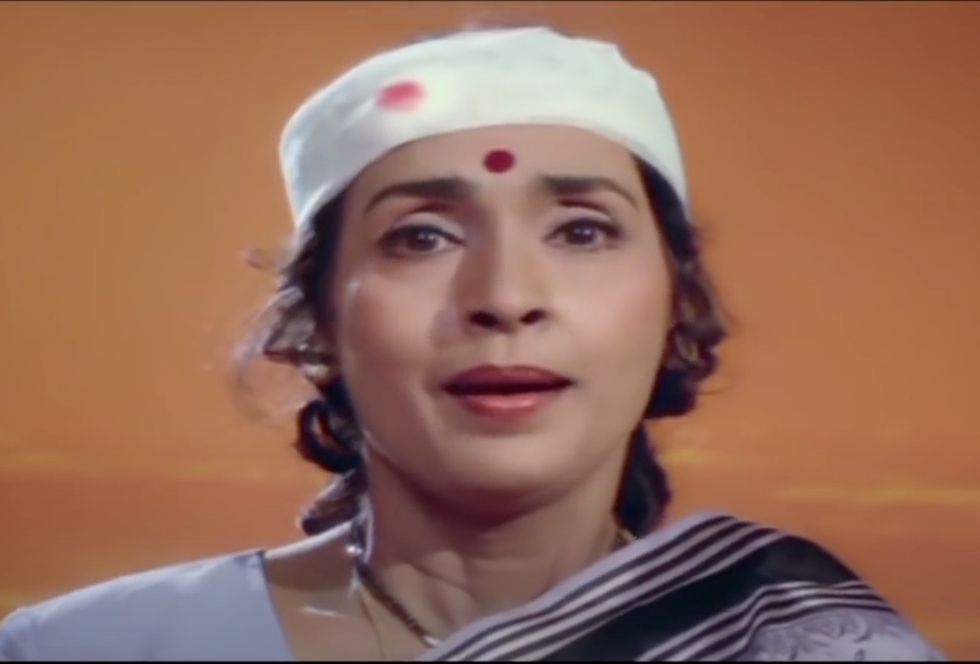
A is for Awards: Known mostly for her acting ability, Nutan jointly holds the record for the greatest number of best actress wins at the Filmfare awards with her niece Kajol. Nutan won for her performances in Seema (1955), Sujata (1959), Bandini (1963), Milan (1967) and Main Tulsi Tere Aangan Ki (1978). She also won a best supporting actress award for Meri Jung (1985).
B is for Bandini: The actress delivered some of the greatest performances in the annals of Indian cinema, but one that stood out was Kalyani in Bandini (1963). Her award-winning portrayal of a prisoner is considered a landmark moment in Indian cinema and regularly features on lists of the greatest female characters.
C is for Complex: Despite her initial insecurities about her appearance, Nutan’s confidence in front of the camera was undeniable. She believed herself to be too skinny and not conventionally beautiful for an actress. However, her distinct looks distinguished her from other glamorous leading ladies, allowing her to create a unique legacy in the film industry.
D is for Debut: After making a brief appearance as a child actress in Nal Damyanti (1945), the 14-year-old made her debut as a leading lady in Hamari Beti (1950). The social comedy was produced, directed and headlined by her famous mother, Shobhana Samarth. The film also marked the debut of her younger sister, Tanuja, who appeared as a child artiste.
E is for End: The legendary actress died in 1991 after a long and brave battle with breast cancer.
F is for Final: Although a few films were released posthumously after her passing, the final film in cinemas while she was still alive was Kanoon Apna Apna (1989), in which she starred alongside Dilip Kumar, Sanjay Dutt and Madhuri Dixit.
G is for Girl power: The actress hails from a notable family with a rich legacy in the film industry, which includes her grandmother (Rattan Bai), mother (Shobhana Samarth), sister (Tanuja) and niece (Kajol). They have all contributed to girl power in Hindi cinema in their own unique way.
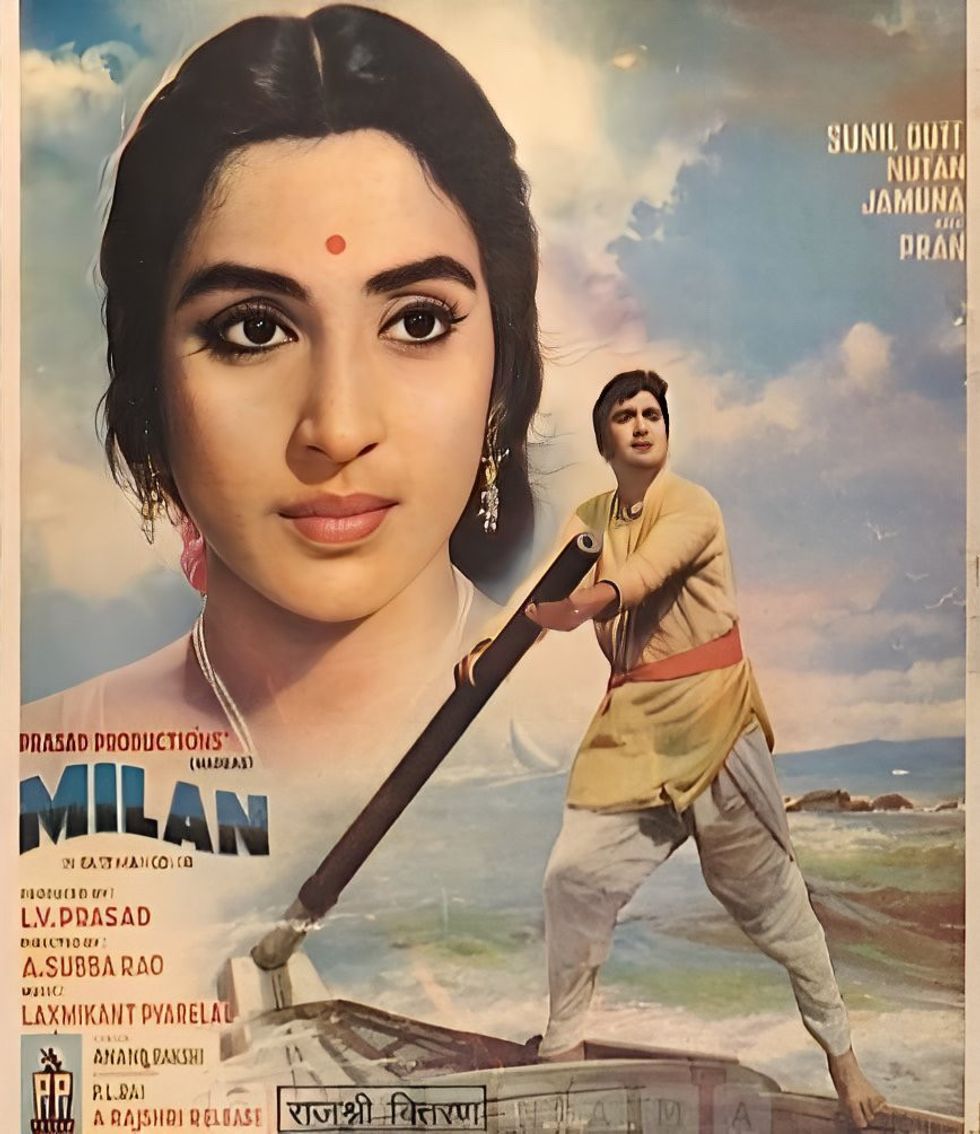
H is for Hits: The hardworking star left behind a remarkable body of work that included Seema (1955), Sujata (1959), Anari (1959), Chhalia (1960), Tere Ghar Ke Saamne (1963), Bandini (1963), Khandan (1965), Milan (1967), Saraswatichandra (1968), Anuraag (1972), Saudagar (1973) and Main Tulsi Tere Aangan Ki (1978).
I is for Insaniyat: The final release featuring the actress was the action drama Insaniyat (1994), which was released four years after she died (see E). Her costar Vinod Mehra had also died by the time the film was released and the lead star, Amitabh Bachchan, was in temporary retirement.
J is for Journey: A biography on the actress tracing her personal and professional life was written by noted author Lalita Tamhane. It was launched by Madhuri Dixit and is titled Nutan – Asen Mi Nasen Mi.
K is for Killer instinct: Her naval officer husband (see N) had a love for hunting and would take her along. He taught her how to use weapons such as rifles.
L is for Lata Mangeshkar: Legendary singer Lata Mangeshkar sang for all the leading ladies across different generations, but singled out Nutan as the actress who truly embodied her voice onscreen.
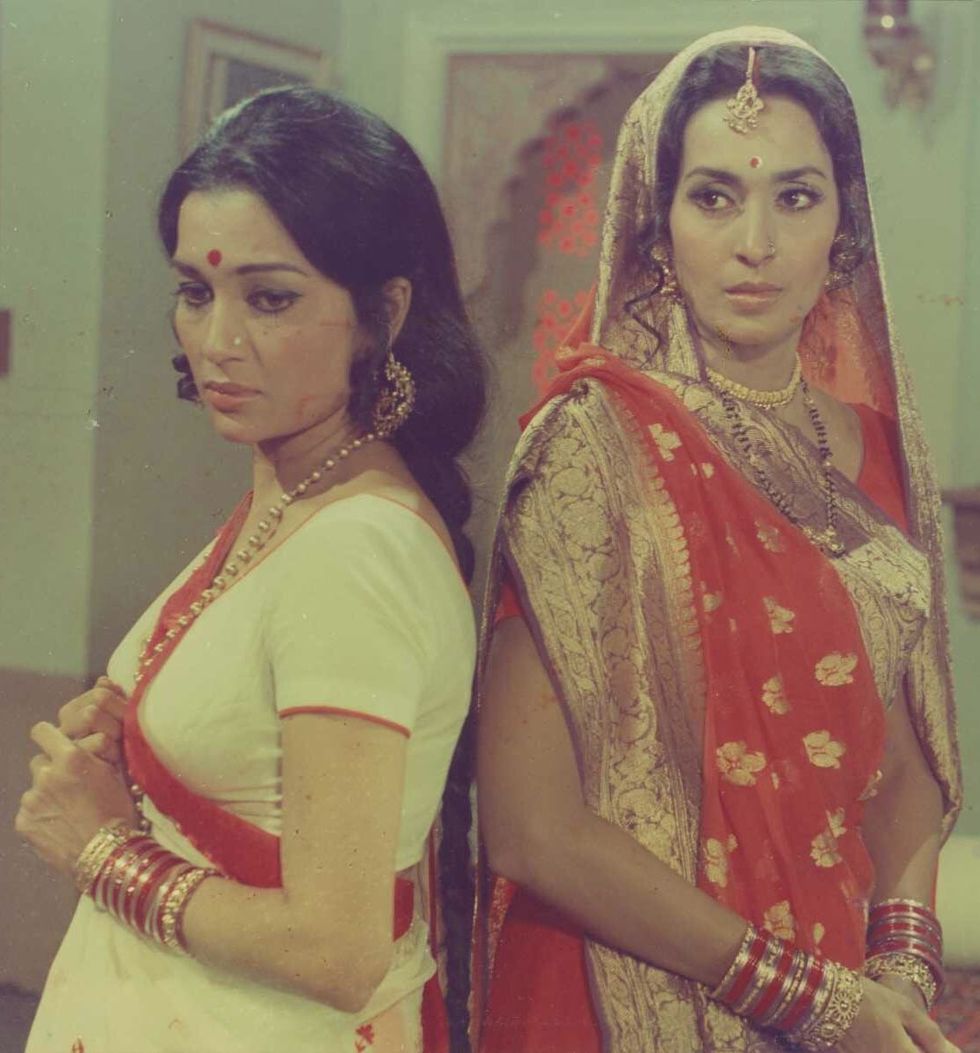
M is for Music: What many didn’t realise was that Nutan had taken classical music lessons for four years as a youngster and that she was also an accomplished singer (see V).
N is for Navy: Nutan married Indian navy Lieutenant-Commander Rajnish Bahl on October 11, 1959. Their only son, Mohnish Bahl, born on August 14, 1961, went on to become a respected film and television actor. Their granddaughter, Pranutan Bahl, is also a film actress.
O is for Older: Instead of retiring like many other leading ladies from her generation, the powerhouse performer made the smooth transition to playing older character-based roles in major blockbusters like Meri Jung (1985), Naam (1986) and Karma (1986), in which she worked with Dilip Kumar for the first time.
P is for Pets: Despite her husband’s love for hunting, Nutan was a pet lover and at one point had 22 dogs. According to her son, Mohnish, she would look after each one individually. Her favourite was a French teacup poodle named Cupid, who accompanied her everywhere.
Q is for Qawwali: The actress was able to bring songs to life in a way few others were able to do, including the unique qawwali Nigahen Milane Ko Jee Chahta Hai from Dil Hi To Hai (1963).
R is for Retrospective: The actress arguably did her finest work with legendary filmmaker Bimal Roy, including her career-defining role in Bandini. In 2019, the Bimal Roy Film and Memorial Society organised a three-day retrospective to mark her birth anniversary.
S is for Stamp: In February 2011, the government of India released a commemorative postage stamp in Nutan’s honour featuring images from her hey days. Google commemorated her 81st birth anniversary in 2017 with an animated doodle.
T is for Television: The actress delivered her only small-screen project with TV serial, Mujrim Hazir. She received wide praise for her performance as Kaliganj Ki Bahu in the 1988 Doordarshan drama based on Bimal Mitra’s classic novel Asami Hazir.
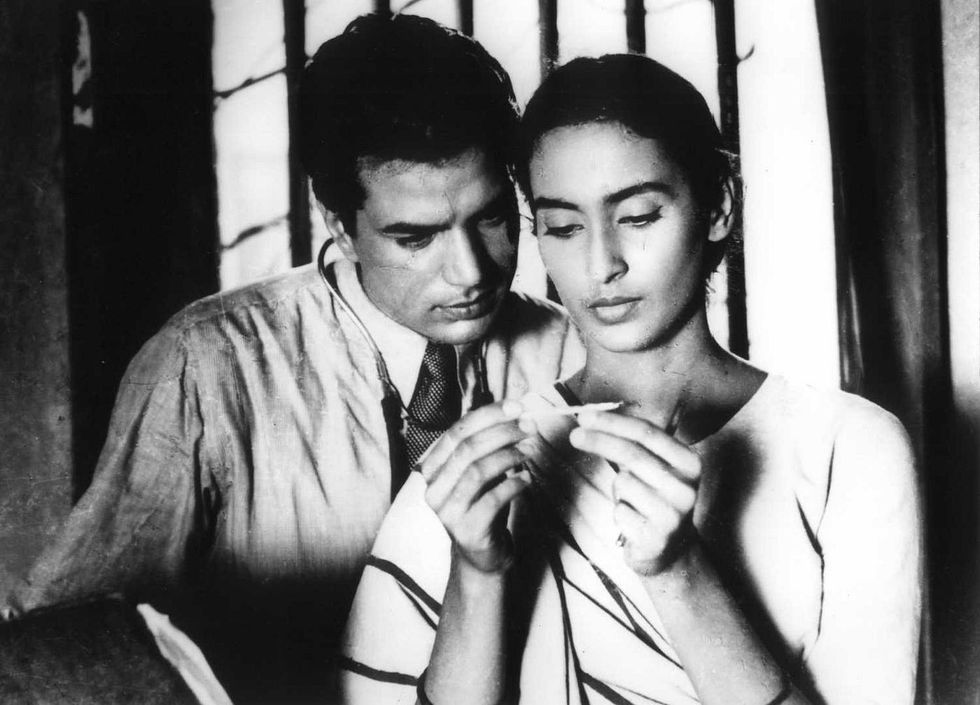
U is for Unconventional: What really set Nutan apart from other leading ladies was her willingness to take on unconventional roles. Whether it was playing a woman going through mental trauma, a convict, a lower-caste individual, a refugee left behind during Partition, or a protagonist much older than her actual age, she helped expand the horizon of the Hindi film heroine with her varied roles.
V is for Voice: The accomplished singer sang songs in her own voice in Paying Guest (1957) and Chhabili (1960).
W is for Working wife: A lot of leading ladies were pretty much forced to retire after they got married, but Nutan bucked that trend. She had a flourishing career after tying the knot and beautifully balanced work with a fulfilling family life. This turned her into a strong role model and inspired other heroines to do the same. Her son Mohnish recalled, “When my mother assumed she wouldn’t work after marriage as that was the norm, my father said, would I ask you to stop painting if you were a painter? Then why should I ask you to stop acting?”
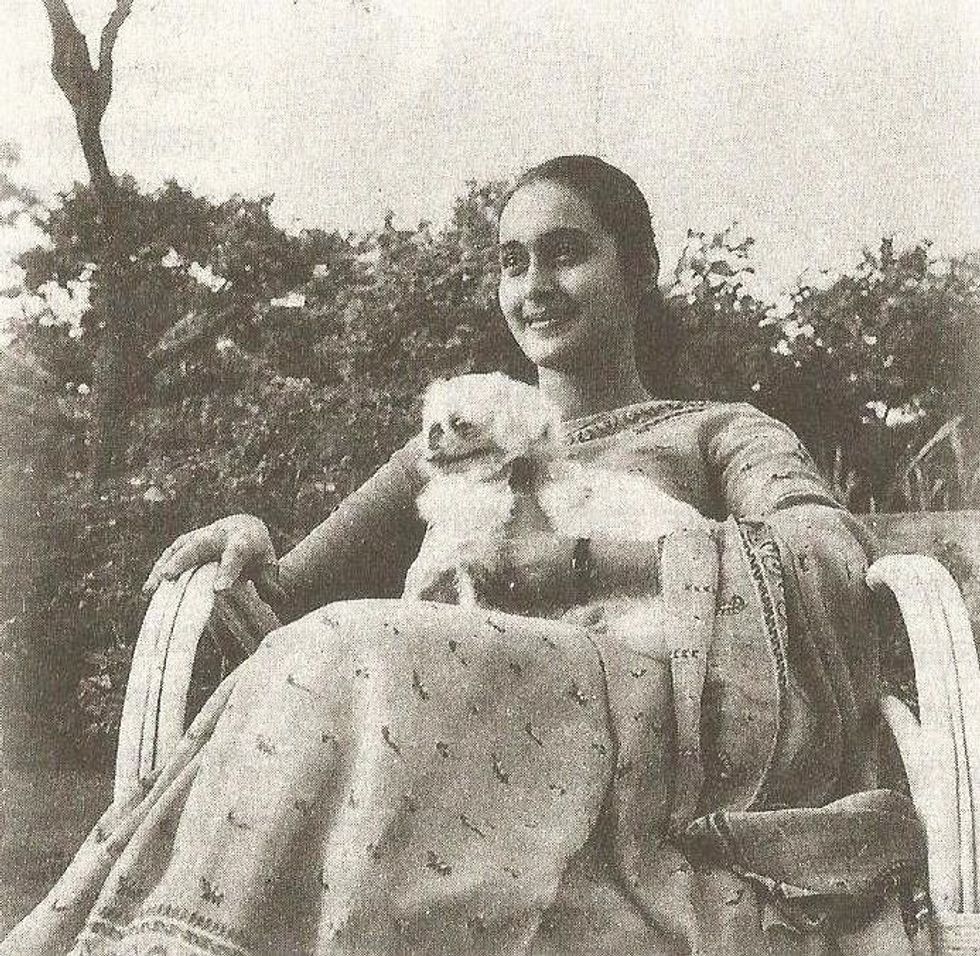
X is for X Factor: Although she is one of the most technically gifted actors of all time, what really set Nutan apart was her fearlessness. She was always willing to take on roles other leading ladies were afraid to. This resulted in one of the most varied bodies of work.
Y is for Youngster: Nutan was drawn to performing arts from a young age, embracing acting, singing and dancing. Soon after her career began, she was sent to Switzerland for further studies at a finishing school in La Chatelaine, prompted by the toll film work took on her body. She described it as the happiest year in her life and returned 22 pounds heavier.
Z is for Zodiac: Nutan was a Gemini and the main traits of the star sign include being energetic, clever, imaginative, witty, adaptable, curious and intelligent.

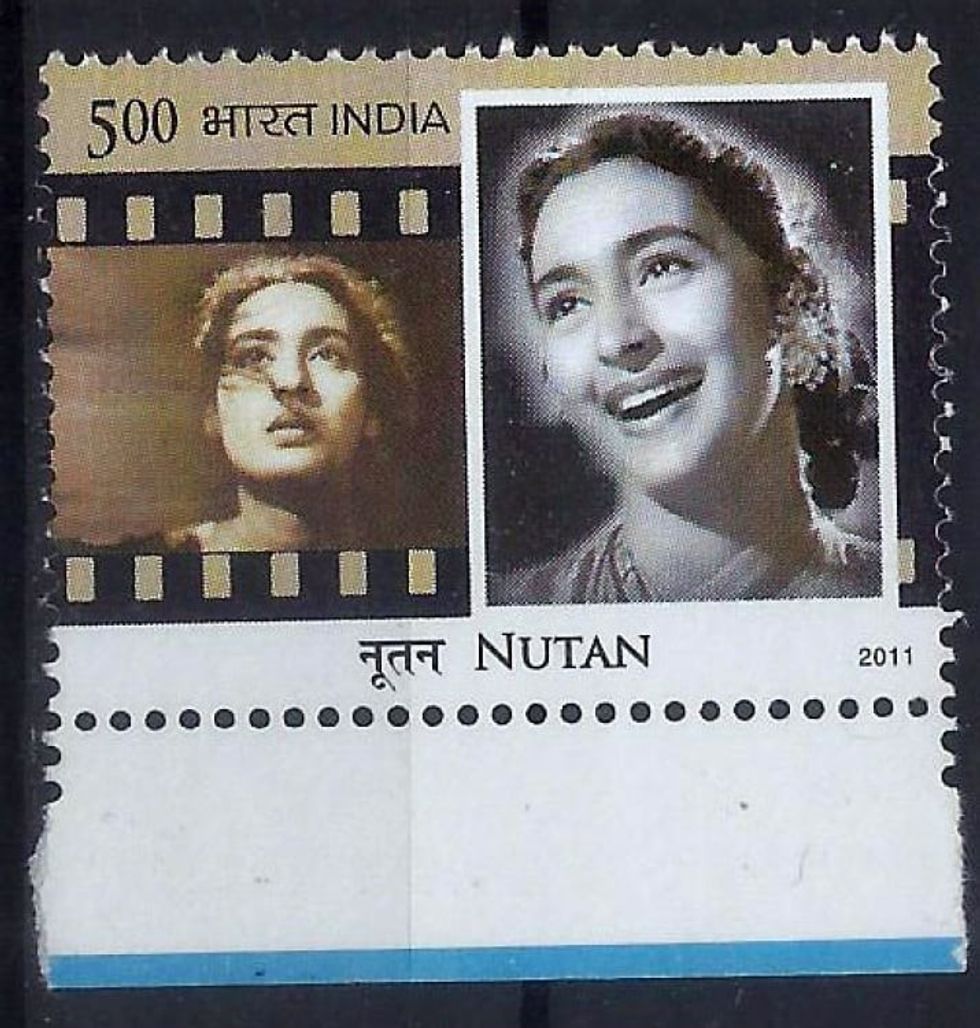





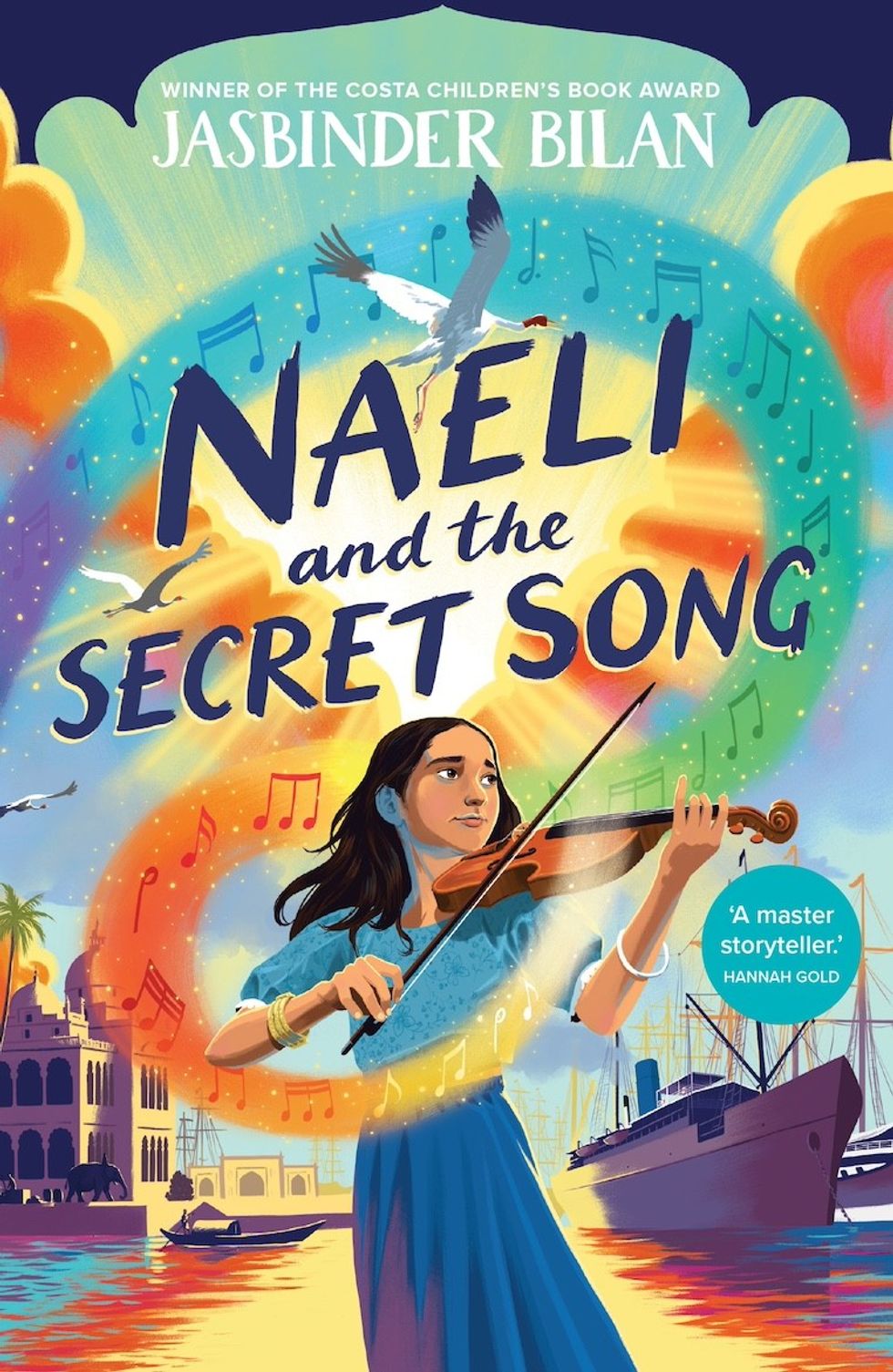 Naeli and the secret song
Naeli and the secret song








 Jamie Lloyd’s Evita with Rachel Zegler set for Broadway after London triumphInstagram/
Jamie Lloyd’s Evita with Rachel Zegler set for Broadway after London triumphInstagram/
 A compelling premise, layered and unpredictable charactersAMG
A compelling premise, layered and unpredictable charactersAMG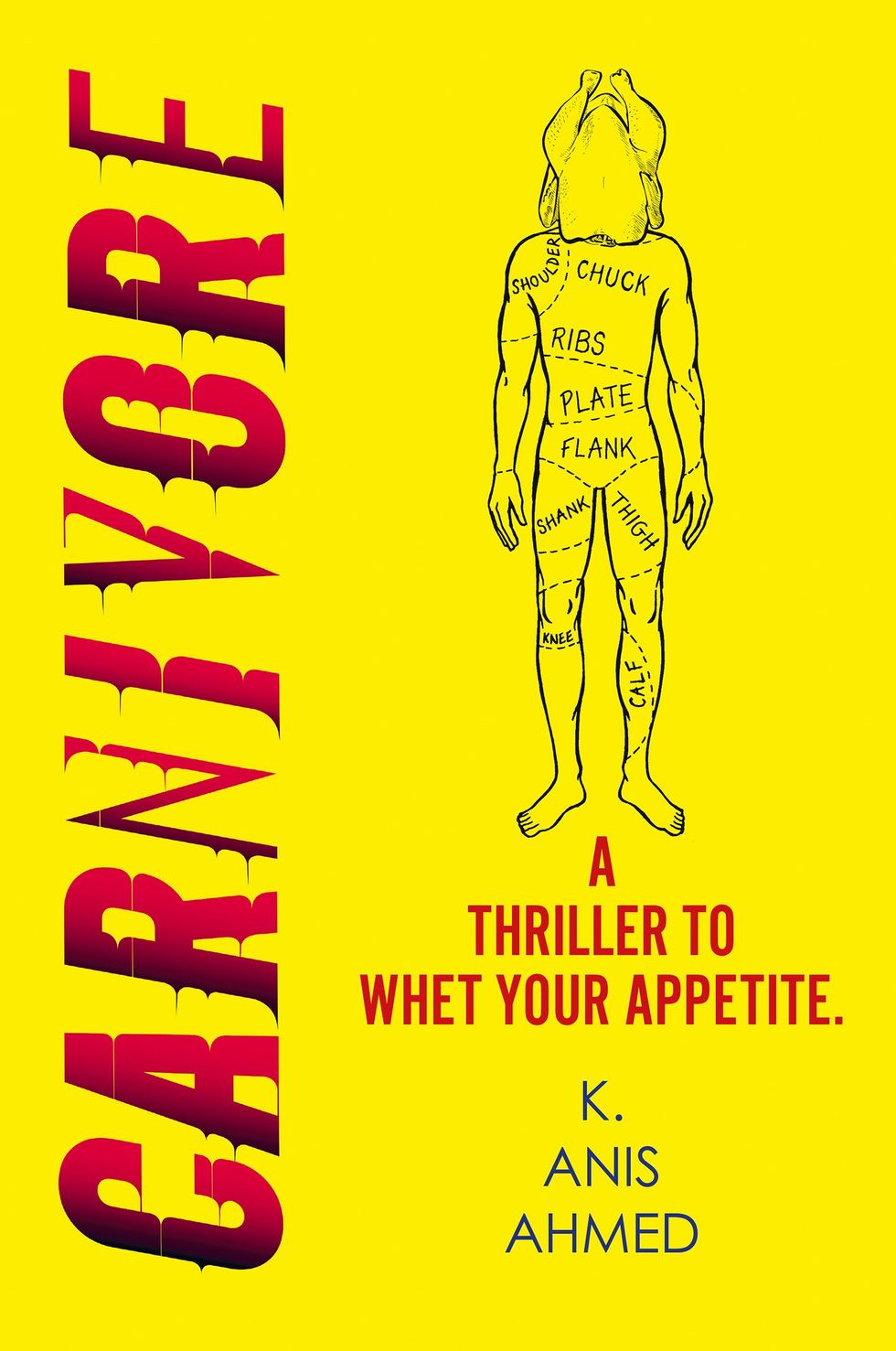 Anyone who enjoys a gripping story with a diverse cast and unexpected twistsHarperFiction
Anyone who enjoys a gripping story with a diverse cast and unexpected twistsHarperFiction
 The Story Teller by Ley Roberts
The Story Teller by Ley Roberts Summer Exhibition coordinator Farshid Moussavi, with Royal Academy director of exhibitions Andrea Tarsia in the background
Summer Exhibition coordinator Farshid Moussavi, with Royal Academy director of exhibitions Andrea Tarsia in the background An installation by Ryan Gander
An installation by Ryan Gander A sectional model of DY Patil University Centre of Excellence, Mumbai, by Spencer de Grey
A sectional model of DY Patil University Centre of Excellence, Mumbai, by Spencer de Grey Rituals and Identity and Theatre of Resistance by Arinjoy Sen
Rituals and Identity and Theatre of Resistance by Arinjoy Sen
 An explosive new play that fuses biting satire, history and heartfelt storytellingPleasance
An explosive new play that fuses biting satire, history and heartfelt storytellingPleasance